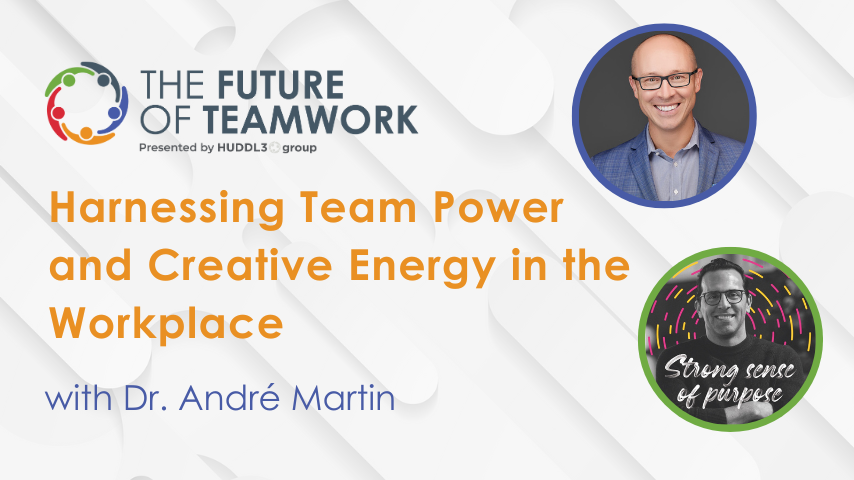Takeaways from the Elevate Team Impact Roundtable: Building Cohesive Teams with Dr. André Martin
LEAD3R hosted a thought-provoking roundtable on a topic that strikes at the heart of today’s workforce challenges—building cohesive teams and navigating the complex balance between cultural fit and ways of working. The discussion featured Dr. André Martin, organizational psychologist and author of Wrong Fit, Right Fit, and featured insights from human capital and people leaders across various industries.
The session kicked off with a compelling analogy comparing team building in the workforce to that of an NFL team preparing for the season. As LEAD3R’s SVP, David Bumby described, a team can love their new quarterback, enjoy time together off the field, and feel culturally aligned, but if that quarterback doesn’t know the playbook, the team’s chances of success on game day collapse. This story illustrated the critical gap that many companies face when it comes to integrating new talent into an established set of practices and expectations.
The Disengagement Crisis
Dr. Martin highlighted a staggering statistic: disengagement costs organizations $8.8 trillion globally in lost productivity—an amount exceeding the combined market caps of Apple, Google, and Amazon. According to his research, up to 30% of new hires leave their jobs within the first 90 days, with the most common reason being a mismatch between what was promised during recruitment and what the reality turned out to be.
Martin coined this misalignment as the “expectation gap,” where companies often emphasize cultural fit during recruitment without considering the more subtle but crucial alignment of ways of working—the day-to-day methods and processes that make up the work environment. His research has shown that while 96% of HR leaders prioritize cultural fit, this does not correlate with how well employees experience and live out those company values.
Right Fit vs. Wrong Fit: More Than Cultural Alignment
Dr. Martin argued that the traditional focus on cultural fit is not enough to build effective teams. Companies need to look beyond shared values and focus on how employees actually operate in their roles. This goes back to understanding “ways of working”—how a company communicates, solves problems, manages conflict, and makes decisions. He emphasized that right fit is about whether an employee feels like they are “writing with their dominant hand” when doing their job, as opposed to struggling in an environment where the methods are foreign or uncomfortable.
One key takeaway was that employees are far more likely to stay and thrive if their working style aligns with how the company gets things done. This doesn’t just apply to senior leadership or strategy, but to every level of the organization, where even small mismatches in processes can drive disengagement and performance issues.
The Expectation Gap and Retention
Dr. Martin’s research revealed that 40% of employees report feeling isolated at work, a figure that ties back to the expectation gap. This gap often arises when companies oversell their culture or way of working during recruitment, leading new hires to feel deceived or out of place when they join. To combat this, Dr. Martin recommends companies be brutally honest during recruitment about their “brand of crazy”—the unique quirks in how they operate—so that candidates can make more informed decisions.
In the roundtable, LEAD3R members agreed that setting realistic expectations upfront could lead to better retention and stronger team cohesion. Companies that succeed in aligning both cultural fit and ways of working are the ones that see greater engagement and long-term success.
The Role of Leadership in Bridging the Gap
Leaders have a crucial role to play in bridging the expectation gap and fostering right-fit teams. Martin provided practical advice for leaders, emphasizing that engagement is a “ground game.” Leaders need to continually address five essential questions to keep their teams aligned and committed:
- Why is the world better with us in it?
- Where are we aspiring to go?
- How do we make money or add value?
- How do we get work done and make decisions?
- What’s the promise to the team for their efforts?
Leaders who can answer these questions clearly and consistently help to reduce disengagement and create environments where employees understand both the cultural and operational expectations.
Designing for Future Generations
The discussion touched on how new generations entering the workforce are less tolerant of the expectation gap. As one participant pointed out, younger employees are unlikely to accept a disconnect between what they are promised and what they experience. Dr. Martin agreed, noting that Gen Z, in particular, is highly educated, diverse, and technically savvy, and they demand more transparency and purpose from their employers.
This demographic shift is pushing companies to rethink how they recruit, onboard, and retain talent. As Dr. Martin highlighted, if companies don’t adapt to the needs and working preferences of this generation, they risk losing out on some of the brightest and most innovative minds.
The roundtable closed with a discussion of actionable strategies for building cohesive teams. From focusing on transparent recruitment to fostering leadership that prioritizes both cultural alignment and operational clarity, the conversation underscored the importance of recognizing and addressing the expectation gap. Ultimately, companies that understand how to align both cultural fit and ways of working will not only build stronger teams but will also unlock new levels of engagement and productivity.




